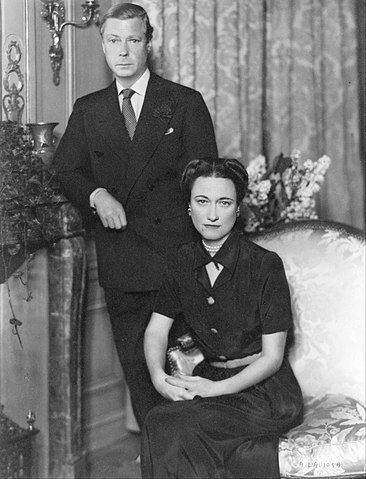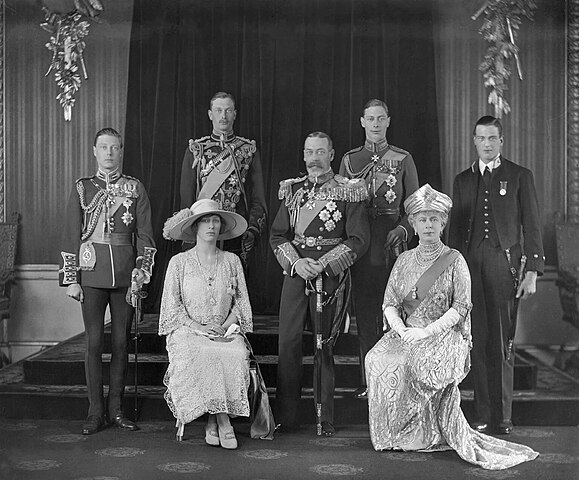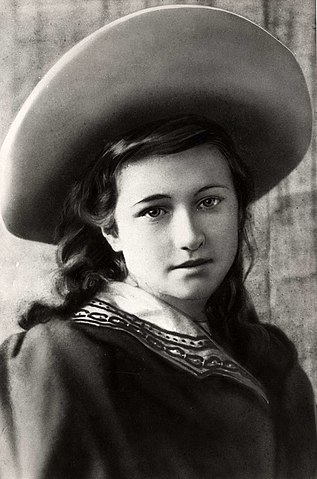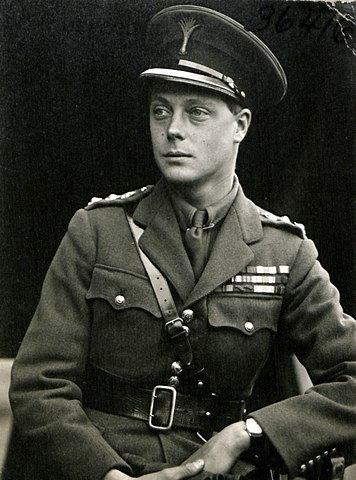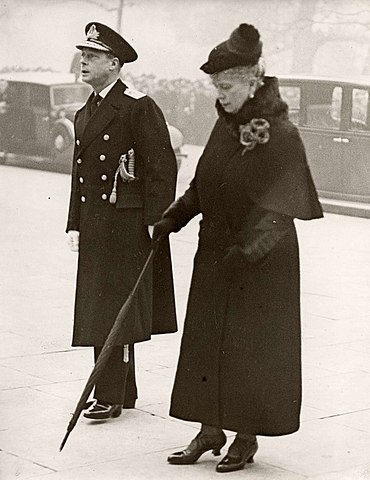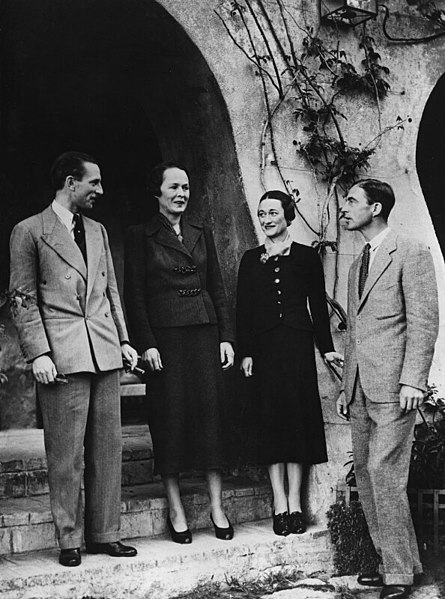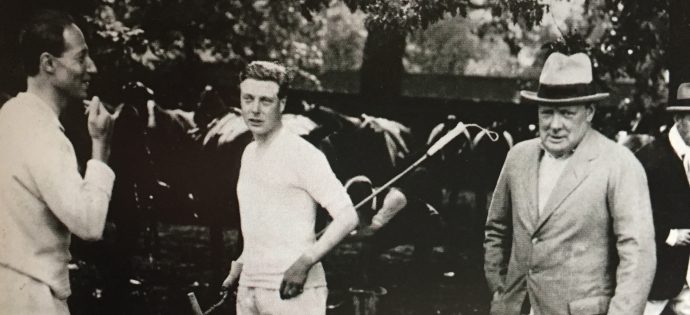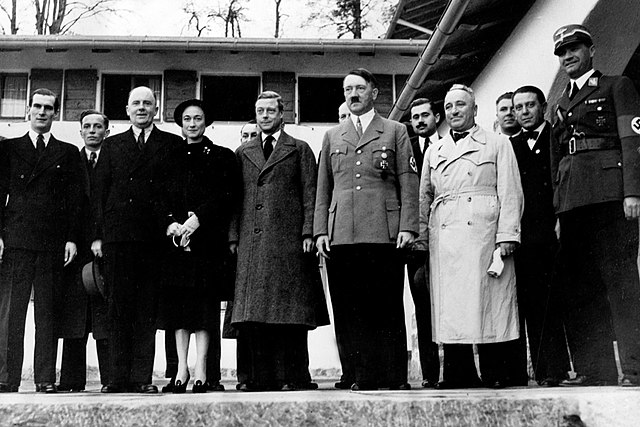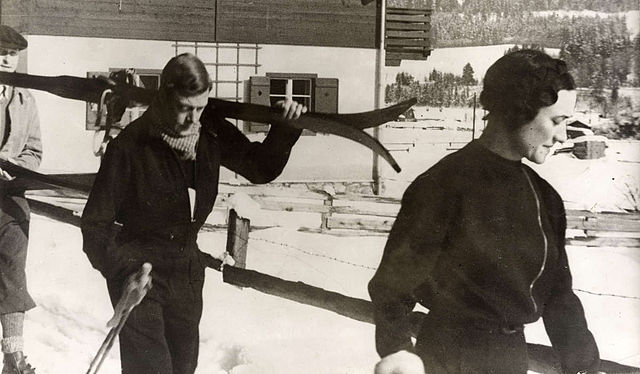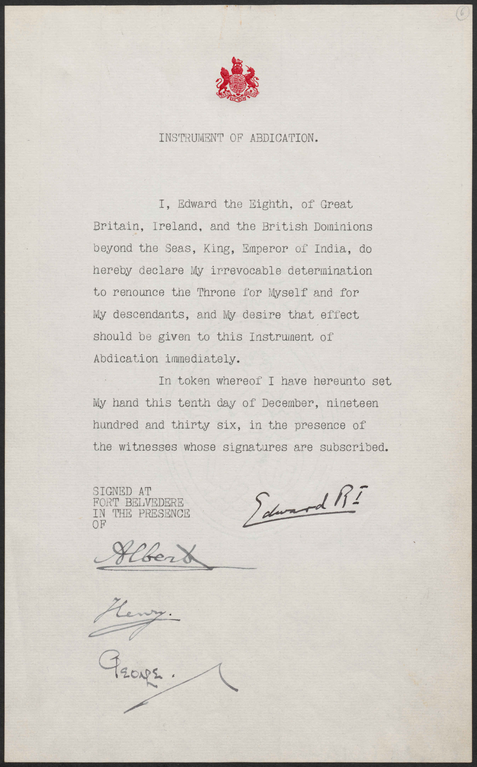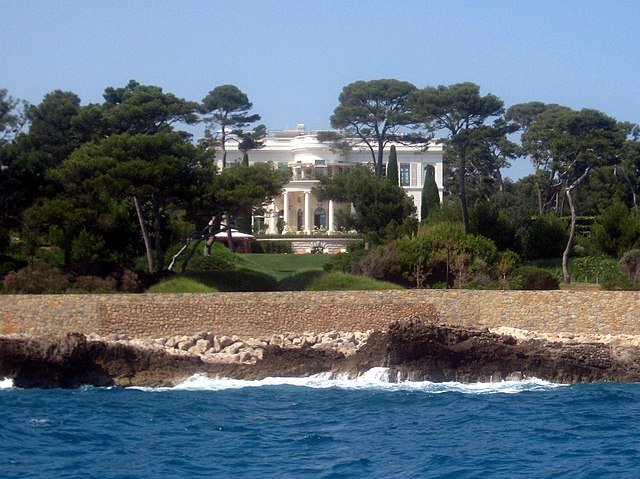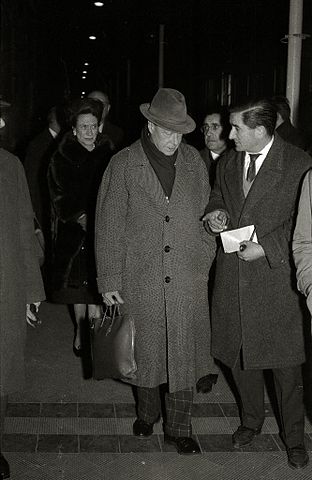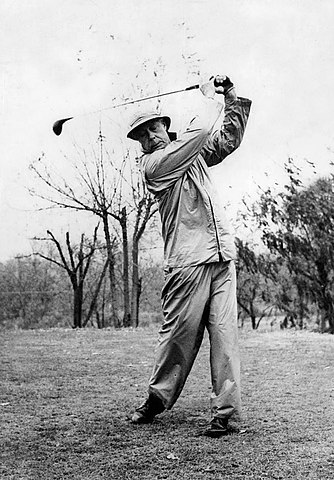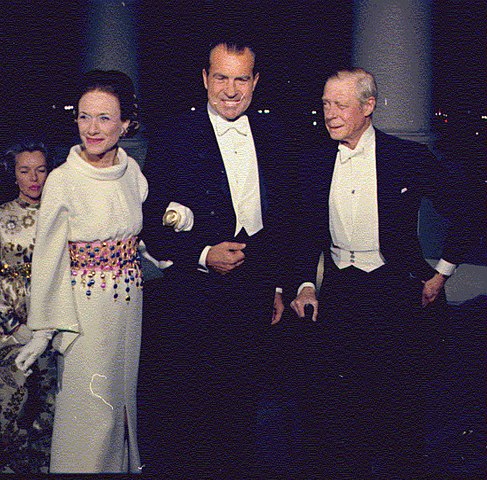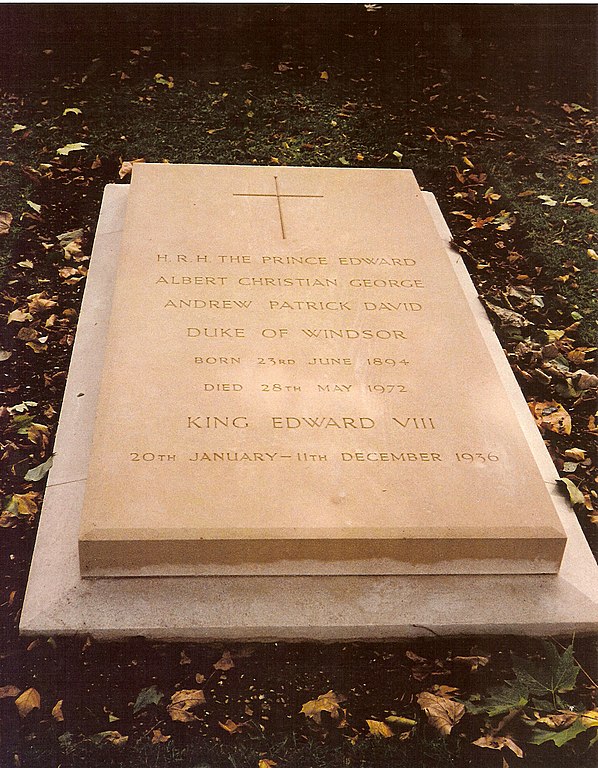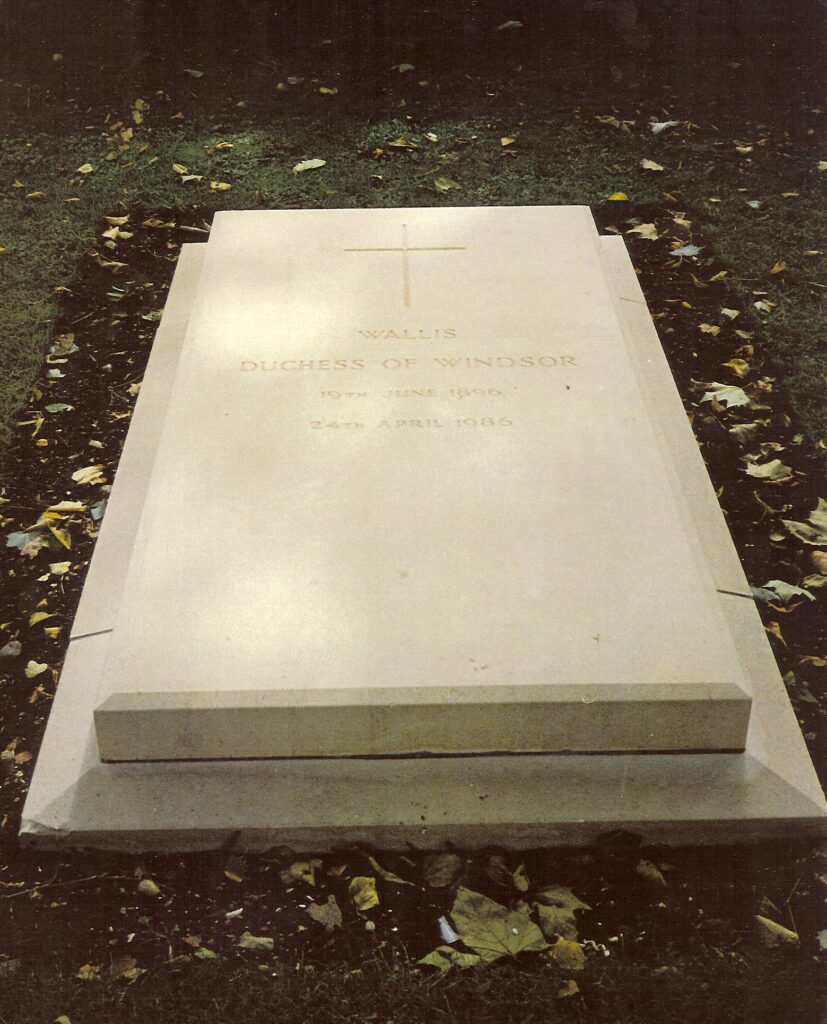Long before Harry and Meghan, a much more serious crisis and scandal enveloped the British monarchy and the House of Windsor, the abdication of Edward VIII
The future Edward VIII, known within his immediate family by the nickname of David, was born on June 23, 1894. His father, George V, did not become the king until 1910, then anointing David, his eldest son, with the title of Prince of Wales, next in the line of royal succession. David was educated as a cadet at the Royal Naval College, went on to Oxford and also joined the Royal Navy. When war broke out in 1914 he was assigned to a safe but extremely tedious post at Allied headquarters in France. Although on paper Great Britain emerged victorious from the Great War, the cost in both casualties and expense was enormous. Across Europe, many royal dynasties were either rendered obsolete or even completely destroyed including the ruling houses of Germany, Austria-Hungary and Imperial Russia, the latter most disturbing as the Romanovs were literally exterminated by the Bolsheviks.
Actually born Bessie Wallis Warfield, on June 19, 1896, Wallis’ parents came from prominent Maryland families. Unfortunately, Wallis’ father died of tuberculosis only months after her birth and her mother Alice’s family had disowned her as a result of the marriage, probably because her daughter was conceived out of wedlock. The infant and her mother then were supported by her deceased husband’s wealthy brother and her mother’s sister Bessie, until 1908 when Wallis’ mother remarried. Her uncle paid for a prep school education and Wallis was socially prominent and attractive enough to be designated as a Baltimore debutante, although the outbreak of World War I suspended such frivolity. Not wild about some of the suitors hanging around Wallis in Maryland, her mother decided it might be a good idea to send her to Pensacola, Florida, where her cousin, Corinne was married to an officer who was the commander of the Naval Air Station in Pensacola. Also feeling that Wallis was competitively trying to get married, her mother also figured that dropping her daughter into a brand new environment might slow Wallis down.
As early as the age of sixteen, discussion concerning an appropriate mate for the Prince of Wales began. An obvious candidate, the daughter of Kaiser Wilhelm, eighteen year old Viktoria Luise, rejected him as too young. He received some additional leeway when George V issued a 1917 proclamation allowing royalty to marry a non-royal subject, the first time even the potential for a commoner to achieve such status became possible. This edict, at the height of World War I, also originated the term , “the House of Windsor,” changing the dynasty name from Saxe-Coburg-Gotha, an attempt to obfuscate the British monarchy’s German connection and to encourage future relationships outside of the German nobility.
Things came to a head in mid-November when Baldwin also informed Edward that if he insisted on the marriage, the government would resign. Edward responded by threatening to abdicate if he was not allowed to marry Wallis Simpson. On November 16, at a private dinner he informed his mother Queen Mary of his intention, a revelation that shocked her, no one in the Windsor family really believing that Edward would seriously consider such a drastic course of action, over a common, American divorcee.
But, after thinking it over, Wallis decided to head for France, believing that if she appeared to be involved in any final decisions, she would be blamed for any fallout. Two days later, she arrived at the chateau, above the city of Cannes in southern France, the world press nipping at her heels. Any attempts to speak directly to the king were difficult, connections poor to the extent that the conversations consisted of Wallis yelling: Do Not abdicate. Do nothing reckless. Listen to your friends!
Only a few miles out of Fort Belvedere, Brownlow attempted to persuade Wallis to head for his manor house in Lincolnshire, explaining that she might better influence the king if she could maintain some reasonable proximity. In actuality, this was a desperate attempt to keep Wallis Simpson involved, officials like Churchill understanding how persuasive she could be.
The Duke and Duchess were greeted on October 11 in Berlin and escorted by ministers like Robert Ley and Joachim Von Ribbentrop. That evening they dined with both Albert Speer and Joseph Goebbels. Everywhere, the couple went they were treated with extreme deference, including Wallis Simpson who was continually addressed as your Royal Highness, a title she did not officially deserve as well as the subsequent curtsies. Other meetings followed with Herman Goering and even Hitler himself, photos from this historic event splashed on front pages all over the world. Several times the couple engaged in the Nazi salute, behavior they would come to regret. To any members still part of her inner circle Wallis maintained that they were merely tourists and the Duke insisted that the visit was not official. Throughout the visit, British consular officials were instructed that they were not to meet or assist the couple in any official capacity.
Podcast: Play in new window | Download
Subscribe: RSS

